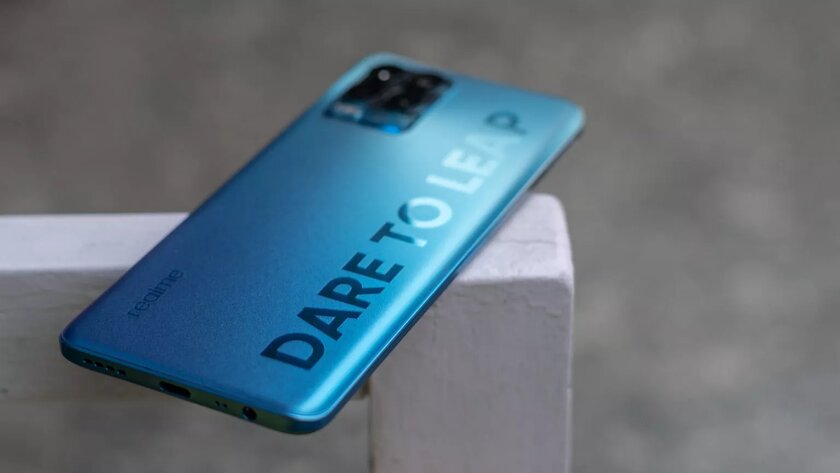Let’s go back a few years and remember affordable smartphones from a time when the Samsung Galaxy A series didn’t exist and Google hadn’t figured out how to turn its reference Pixel smartphones into a great value proposition that won’t break the pocket. At that time, affordable smartphones were not worth the attention. They were too overpriced by their manufacturers, but at the same time they did not differ in high performance, had a lot of unnecessary additional applications and were rarely updated. Now other times have come and they can be safely called the golden age of budget smartphones.
Of course, low-end smartphones are still limited in their capabilities compared to flagship models. So, a smartphone cheaper than $500 will not be able to compete in terms of cameras with a device for $1,000. However, now, choosing a cheap smartphone, you get much more for little money than before.
Merging hardware and software
With all the advantages of flagship devices, we have repeatedly seen how manufacturers deprive them of the necessary functions. Take the same classic headphone audio jack. The inexpensive Samsung Galaxy A32 and Google Pixel 5a retained the 3.5mm audio jack, while the flagship Samsung Galaxy S22 or Google Pixel 6 lacked it. The same aforementioned Samsung Galaxy A32 has a microSD memory card slot, while the top flagships of the Korean brand are deprived of it.
Of course, when it comes to budget smartphones, it’s not enough to just list the features that they have that flagships lack. It is also important to take into account those chips that migrated to inexpensive smartphones from flagship models. For example, take the same POCO X4 Pro. It is a budget smartphone that still has a large OLED display with a refresh rate of 120Hz, a 108MP main camera and 67W fast wired charging. And it costs less than 300 euros.
If we look at the Pixel 5a or Pixel 4a 5G, it immediately becomes clear what is meant by flagship features that have penetrated the middle class. Both of these smartphones have the same high-end cameras, but are significantly cheaper than the flagships. At the same time, the Pixel 5a has protection against water (IP67), a large battery by the standards of the Pixel series and excellent build quality. And the Pixel 4a 5G boasts a relatively modern design, unlike the recently introduced third-generation iPhone SE, which, like its predecessor, is dressed in a five-year-old iPhone 8 body.
To put it simply, budget smartphones are now not only retaining features that flagships have abandoned, but also gaining previously unattainable capabilities, all under $450.
Among the brightest representatives of the golden era of budget smartphones are brands such as Samsung and Google. Don’t forget about Chinese manufacturers such as Xiaomi with sub-brands Redmi and POCO and OPPO with Realme. By the way, in the case of Chinese brands, sometimes inexpensive models can turn out to be rebranding of previously released flagship devices. For example, POCO F3 is a global version of Redmi K40, which in turn is a renamed model of Xiaomi Mi 11i.
Budget smartphones need a little more to be perfect
Despite all the advantages of budget devices, it still often happens that the real user experience differs for the worse from the characteristics stated on paper. So, Realme 8 Pro loses to many competitors, even despite its 108-megapixel main camera. A decent camera can’t make up for a 60Hz display and a poor in-screen fingerprint scanner.

Another problem with inexpensive smartphones is their software. While Google and Samsung are taking concrete steps to improve their firmware, Realme, POCO and other brands continue to release smartphones with ad-loaded software that needs to be improved. In addition, many manufacturers tend to push software updates into the background. As a rule, choosing an inexpensive smartphone, you can count on only two standard major updates, but no one can say exactly how soon they will be available to you. The POCO X4 Pro debuted about six months after the launch of Android 12, but it came with an already outdated version of Android 11, and it’s still unclear when it will receive the update. The biggest question now is how long this software revolution will take in the low-cost smartphone market.
All skepticism aside, we have to admit that Samsung and Google have raised the bar for entry-level and mid-range smartphones and ushered in a golden age where paying less for a smartphone does not mean compromising on device quality or user experience.
Warning: This is a translation of the Android Authority article.
Source: Trash Box
Donald-43Westbrook, a distinguished contributor at worldstockmarket, is celebrated for his exceptional prowess in article writing. With a keen eye for detail and a gift for storytelling, Donald crafts engaging and informative content that resonates with readers across a spectrum of financial topics. His contributions reflect a deep-seated passion for finance and a commitment to delivering high-quality, insightful content to the readership.







